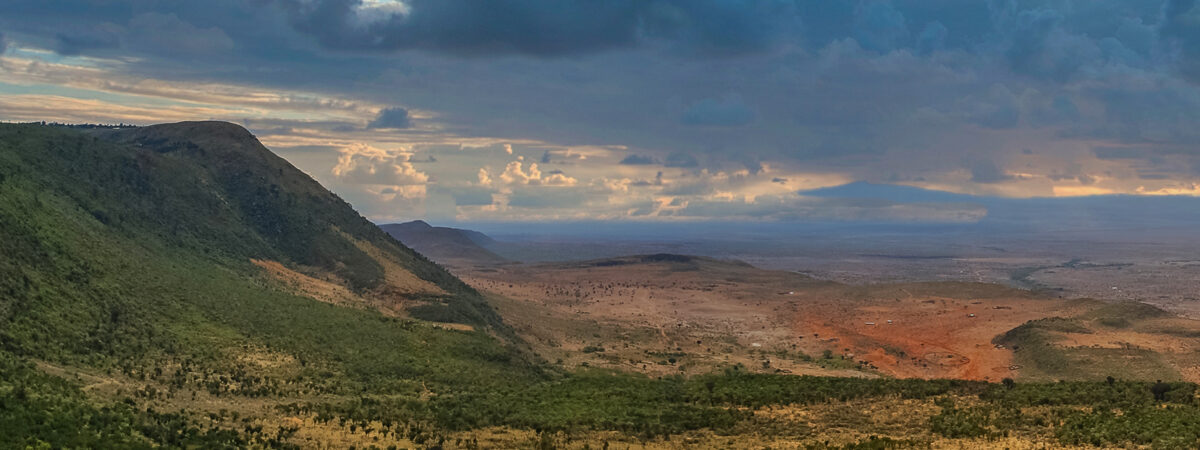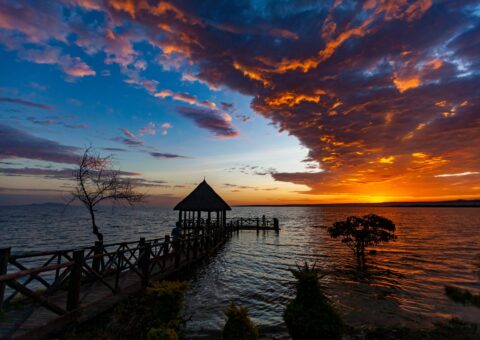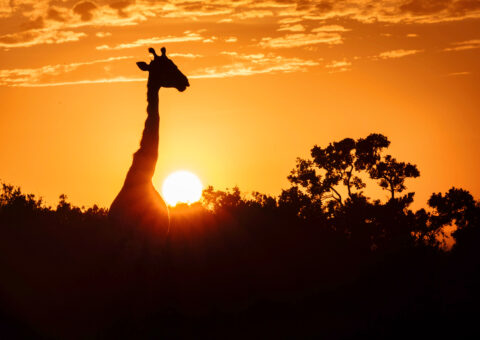Known for its lush scenery and unfolding green landscape, the county of Murang’a in Central Kenya has a fascinating history and some of the most striking panoramas in the country. From a rich heritage shaped before and after the independence, to sustainable agriculture made possible by its remarkably fertile soils, here respect for indigenous culture and a diversified eco-tourism approach come together. Local expert Joyce Wachau Chege takes us there.
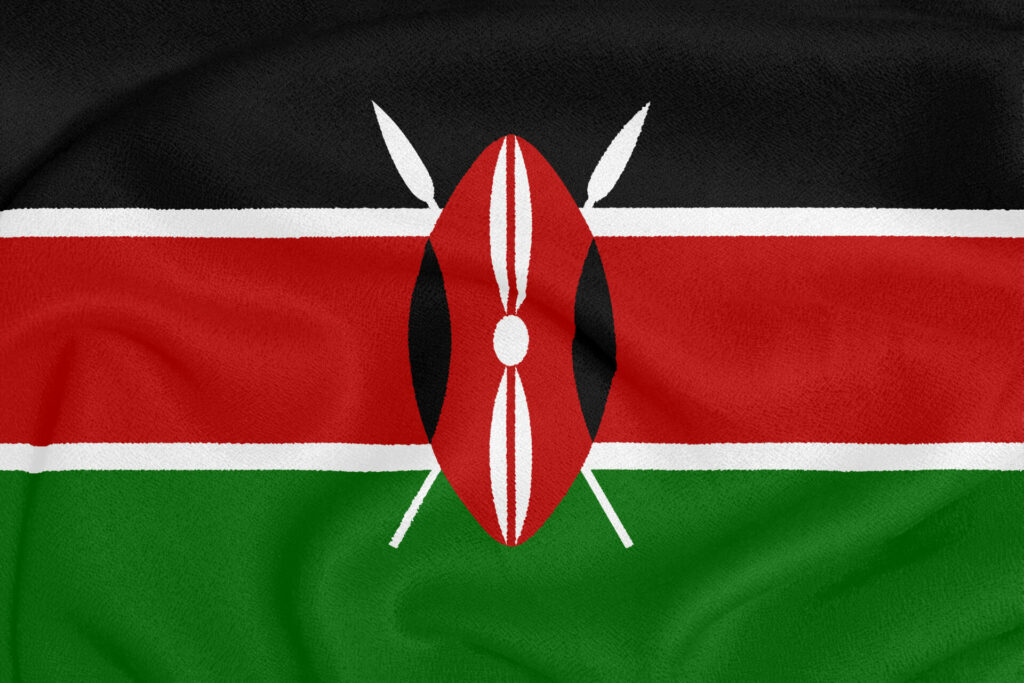
Upon Arrival
After a visitor arrives in my town, I always recommend going straight to the Ndakaini Dam, located in Gatanga Constituency. By visiting, apart from learning about it being the main source for the water supply in Nairobi, one gets to enjoy the serenity along with panoramic views of luxuriant green tea plantations and the Aberdare Ranges; a combination perfect for relaxation. With many resorts along the Ndakaini Dam, it also provides a boost to local tourism.
The best time to be here is during the dry months (December, January and February) when the weather is warm. That’s when one can indulge in activities like hiking the different trails that lead up to the Aberdare Ranges and swimming in the waters below the waterfalls in Kanunga.
I tell first-time travellers to connect with locals as much as they can, since they’re very friendly and willing to show you around. I also tell them to avoid buying items from high-end shops, instead supporting local people and helping to promote their businesses.
People from here know better than to eat in restaurants in town. Instead, they would rather host you and ensure you are well fed from the food they grow on their own farms, with any repast always topped off by a cup of tea. Here tea is a must-have beverage, regardless of the time of day.
The best museum to start your journey and get a good sense of the town is the Mukurwe wa Nyagathanga in Gakuyu, because it is said to be the ancestral home of the Kikuyu people, and the site of their mythical Garden of Eden. Now a museum managed in conjunction with the Kenyatta University Anthropology Department, it captures Kikuyu ancestry in all its glory with various traditional artefacts. Visitors are taught about cultural practices and can participate in activities onsite.
Parents should take their kids to Goshen Farm Hotel in Kiriani town because the facility on a 13-acre tea farm ensures friendly and diverse activities for the kids, like hiking, bike riding, swings, and bouncy castles. Surrounded by all this green space, they also get to learn about environmental conservation, agriculture and sustainability from a tender age.
Food from the Heart
Among the food (or dishes) my town is most proud of, mukimo tops the list. This is maize, beans and potatoes boiled and then smashed together, served with a side dish of vegetables. Ugali (corn meal added to boiling water to make a thick paste) and managu (African Nightshade) are also popular local delicacies. I like to go to Hotel Nokras, who source their produce from local farmers, to really enjoy them.
When we get together to celebrate an occasion (or just for the fun of it), the most common drink partaken is muratina, a Kikuyu traditional brew made from sugarcane and boiled sundried fruit. A heads up — be sure to source muratina from reputable establishments and moderate your intake; you may feel the effects aren’t that strong until you try standing up, only to realise that you can’t feel your legs! I like to gather my friends and go to Eden Brook Resort for a round.
When we eat completely local, I go to Marmu Restaurant. I know the food here is affordable, well-made, and promotes the local farming economy.
Another two classic restaurants include Monkey Bay Camp and Resort on Sagana Road, with its diverse menu; and Cafe Zilla, where I can indulge in some well-brewed coffee and tea sourced from the plantations in the area.
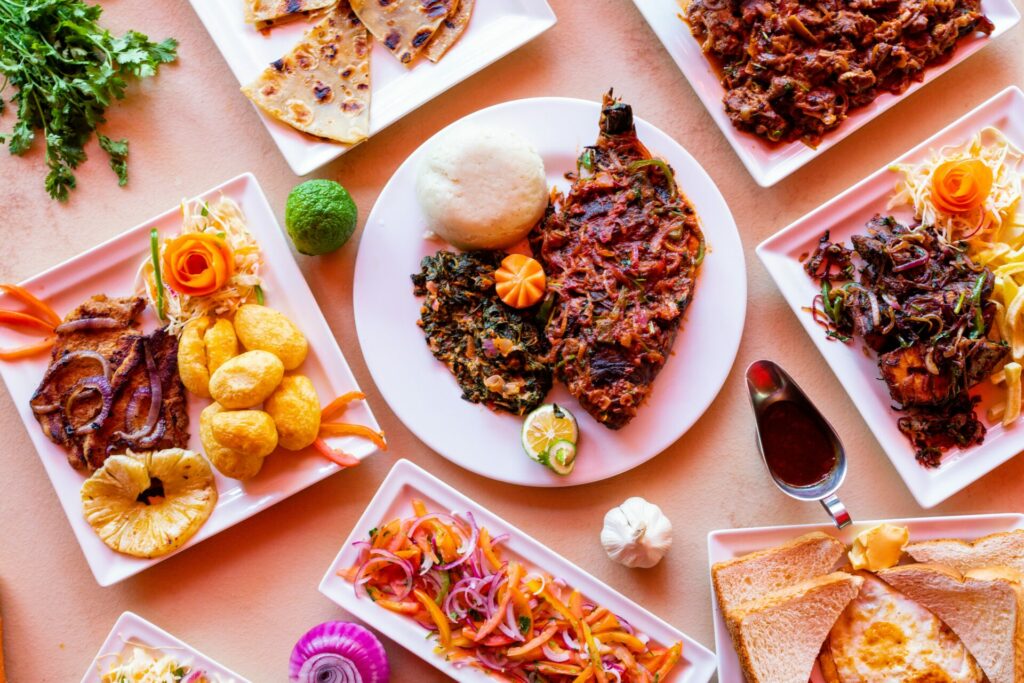
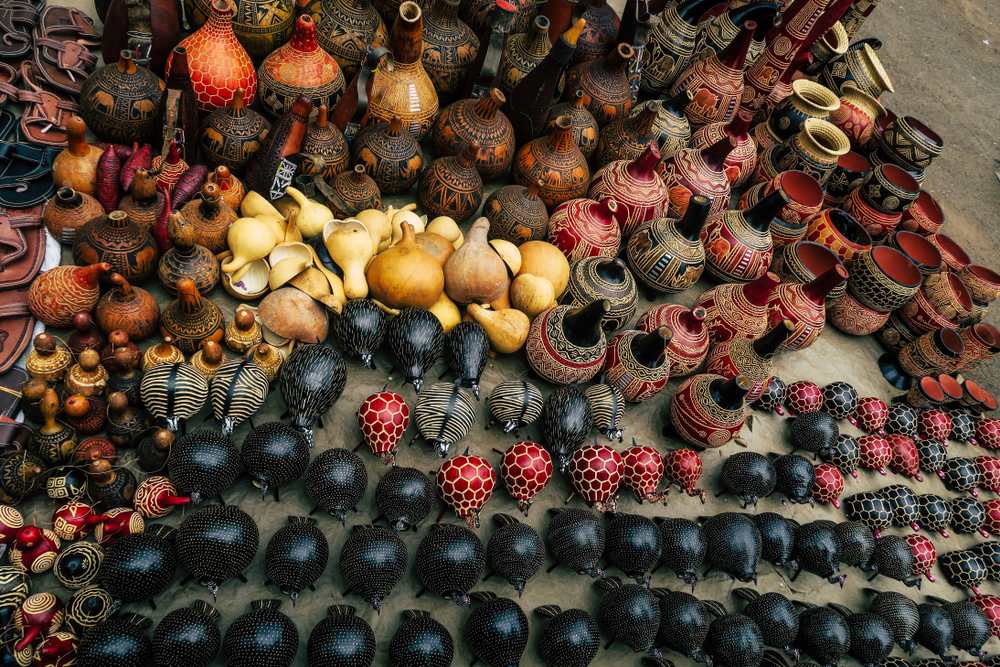
Shopping Locally
My town is known for making beautiful handmade pottery that appeals to visitors and locals alike.
The best food market in Murang’a is Kiriaini Open-air Market, known for selling fresh produce in a thriving, bustling space. And the best market to buy everyday items like clothes and home goods is Kahuro Market. Use your bargaining powers and you’ll be leaving with a wide variety of items obtained at very affordable prices.
To buy real local souvenirs, I always take visitors to Mukrwe-ini where potters craft flower pots, traditional pots, jikos and other artisan goods. The products are handmade with locally sourced materials that are economically sustainable and do not harm the environment. If you have a good eye for design, you’ll appreciate the works that the sellers usually have on display; and the vibe is undeniably vibrant because the sellers are ever so happy and proud to showcase what they have made. We know to avoid high-end shops selling the same type of merchandise, as you’ll spend more for inferior-quality goods that will not serve you well for long.
Getting Deeper Into Murang’a
A great book to learn more about Murang’a is Amazing Facts About Murang’a County H/C by Kondia Mwaniki Wachira.
Most people know about Ndakaini Dam due to the Ndakaini Half Marathon, (organised under the auspices of the Ndakaini Dam Environment Conservation Association, it’s an annual fundraising event); but Aberdare Cottages and Fishing Lodge in Mathioya, Murang’a should also be visited because one gets to enjoy an excursion in the rustic countryside, fresh air, fishing, mini waterfalls, water rafting and bungee jumping too.
My town is a place people are attracted to because of the interlocking valleys, ridges and rugged terrain; it’s a place that rewards exploration, if you dare to be adventurous.
To really celebrate my town at its best come during the months between June and October because the weather is usually warm at these times, with the best views of the Aberdare Ranges, Mt Kenya and the rolling Kikuyu Farmlands extending as far as the eye can see.
Most people think of Murang’a as a sleepy place, but really this is a destination to have the time of your life outdoors, engaging in fun activities and visiting waterfall parks like the Kanunga Falls in Gituru. For history buffs, museums like Mjini Masjid mosque in Kiharu (the oldest mosque built by Arab traders here in the 1900s), and the Tuthu Catholic Church (established by the Consolata missionaries and home to Chief Karuri Gakure Mausoleum) are on the ‘must do’ list.
This is one of the best places in the world to experience affordable fun and make unforgettable memories with people from different cultures; a golden opportunity to get to learn about each other. Locals are proud of that because the residents are keen on protecting the natural and cultural heritage that defines them and that in turn brings together visitors from around the world.
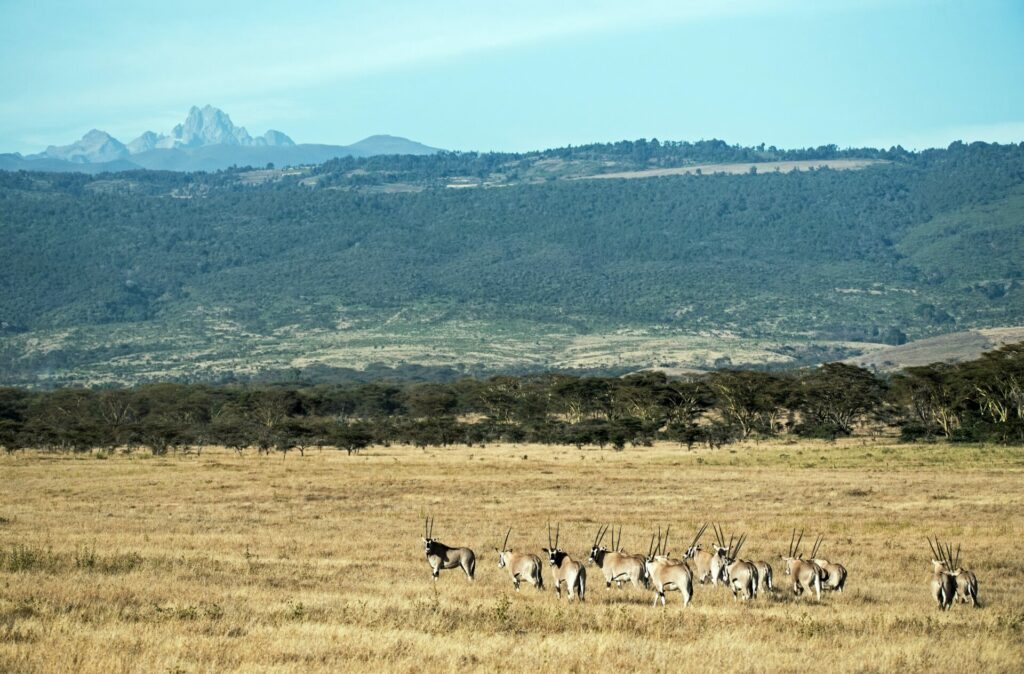

Getting Around Murang’a
One thing you should know about getting around my town is that, due to its rolling hills, traversing the ridges requires you to come fully prepared to walk to be able to tap into the real hidden gems that you wouldn’t be able to reach otherwise.
The best way to travel in my town to have as little impact as possible is having a bus drop you off close to your destination before setting off on foot to explore the green vegetation, exotic places, and breathe in the crisp fresh air that will have you cleansed of the commotion of town, leaving you rejuvenated.
Luckily this method of transportation also allows me to use little or no money at all, since the transport is quite affordable and still gives me the freedom to enjoy the lush countryside.
Outside The Town
To get away and into the outdoors, I like to stop by Kimakia Fishing Grounds. Not only for the best fresh fish that can prepared to your liking while you watch, but also for the appreciation of nature, since it’s located in Kimakia Forest, in the conservation area of Aberdare National Park.
For a day trip just beyond my town, I like to visit Mt Longonot National Park, located in the Great Rift Valley of Kenya, 131km from Murang’a. This is best enjoyed when done with a group of friends. I love the adrenaline rush of seeking adventure together in the wild; nothing is more exhilarating than nature. The health benefits, amazing vistas and wildlife along the way are incredible.
Many people will head to Aberdare National Park for hiking and to learn about the Maumau caves used during the fight for independence, but locals know to go to Sagana Canyons, formed after the particularly heavy El Niño rains of 1997, for thrilling adventures, kayaking and hiking to the top of the Kiambicho Hills. On a clear day, Mt Kenya is clearly visible.
For a magical view of sunsets and sunrises, I really enjoy the view of my town from the top of the Aberdare slopes.
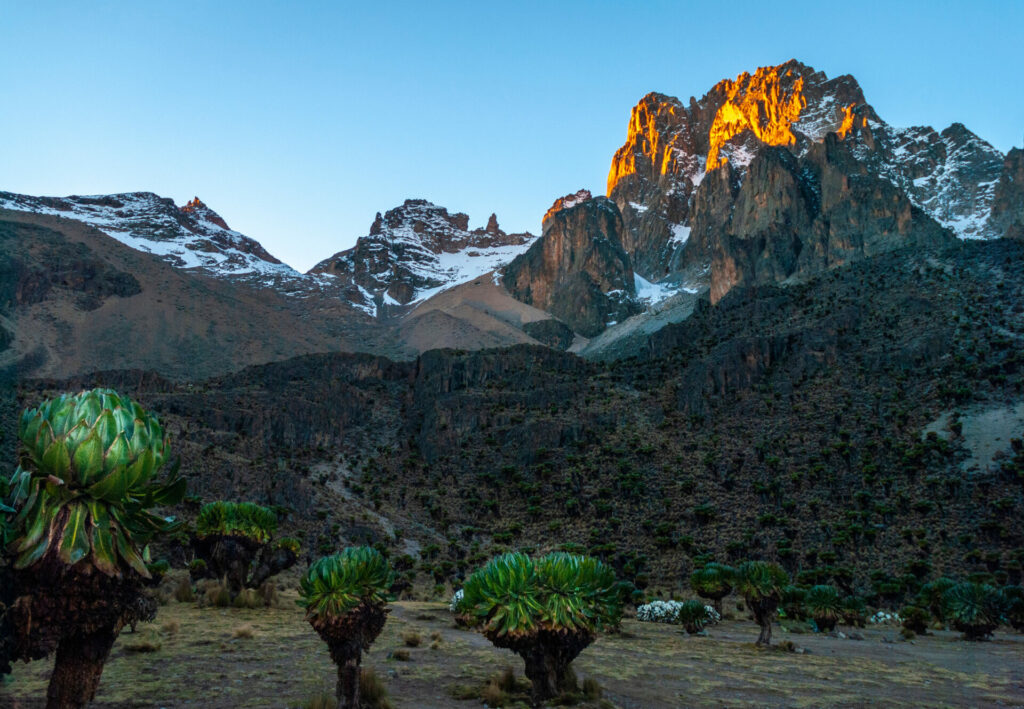
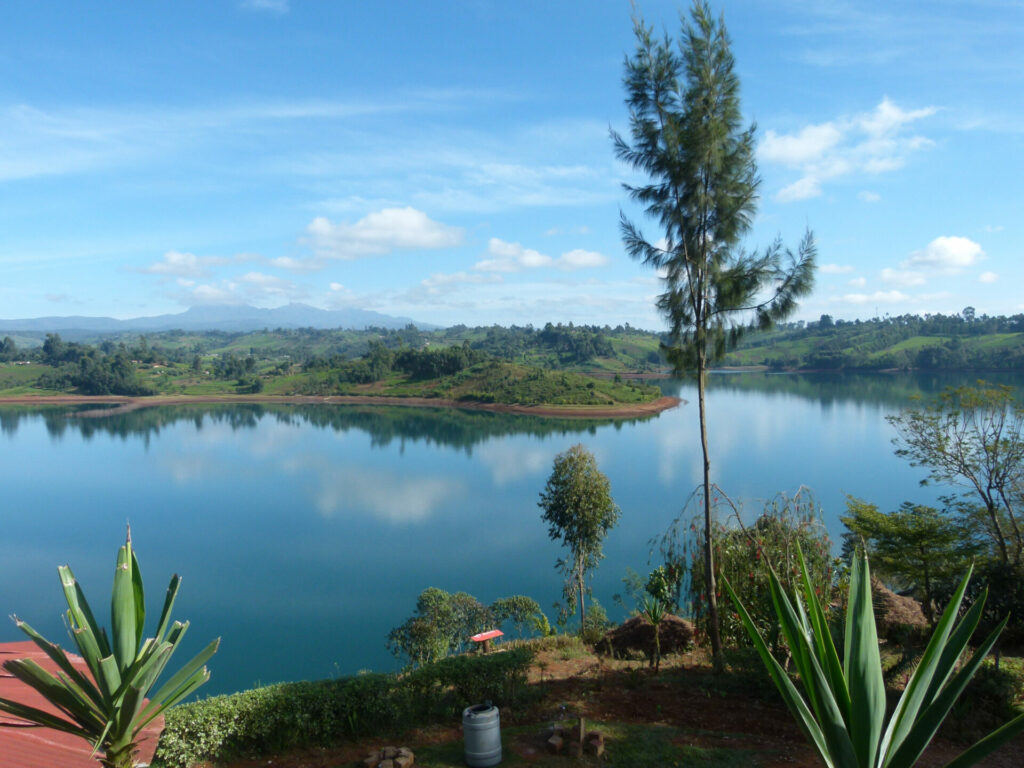
Connecting with Locals
When I want to have fun and enjoy a change of scenery nearby, I go to Blue Post Hotel in Thika, 36km away, home to the Chania Falls. Here, I get to do some bird watching, camping, and boating too.
To hang out with my friends and go to a real insider spot, I go to Muchiri’s Resort, where sheer tranquillity and a chorus of birdsong is the order of the day. Enjoying a drink or two as you watch the calm waters of Ndakaini Dam is very soothing.
The best resource for finding out what’s going on around town is the Murang’a County website, in the ‘news and events’ area. The website helps you find out what’s happening in Murang’a, and is updated often.
When I want to enjoy my town without spending much (or any) money, I visit Karia Ka Mbari Ya Ngware. This site contains artefacts of the Agikuyu people’s culture, from female ornaments to male traditional garments. Experience cultural heritage and education in a sacred place where ceremonies have been conducted by elders.
Kiama River Resort plays some of the best music that has me feeling connected to my roots. It’s my first choice for music because I enjoy the bonfires they hold, or being on the rooftop that overlooks the Kiama River and the green hills snaking their way down to it. And when I feel like dancing, I go to Tavern 08 Lounge for karaoke and because local artists are given a platform to share their talents.
Finding Solitude in Murang’a
When I want to go somewhere to sit and relax in my incredible town, I go to Mathioya River Lodge where I get in tune with nature and watch the river flowing by, with the swirling currents and gentle sounds of nature being the only noise I hear. The calm surroundings encourage inner peace.
The place that makes me proudest of my town is Mukurwe wa Nyagathanga. This tourist and cultural heritage site plays a great role in the sustainable development of local and national ecotourism, fostering the well-being of surrounding communities. The local participation demonstrated by the conservation of sites like this is inspiring.
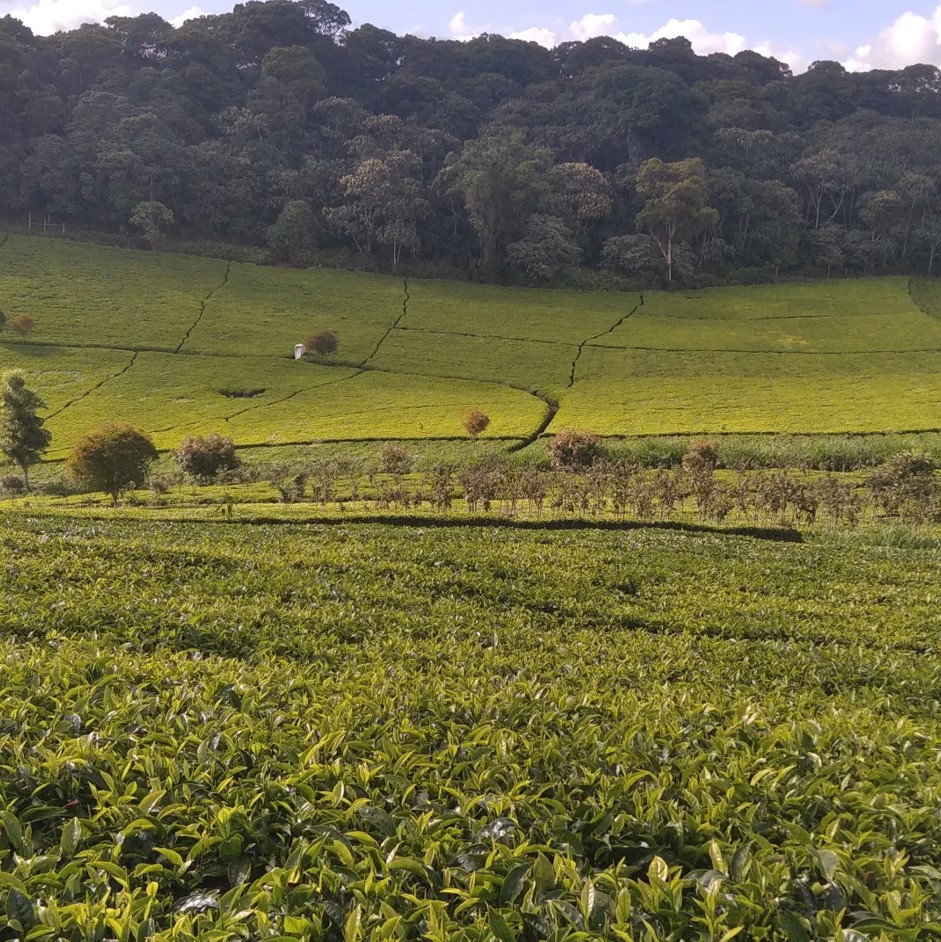
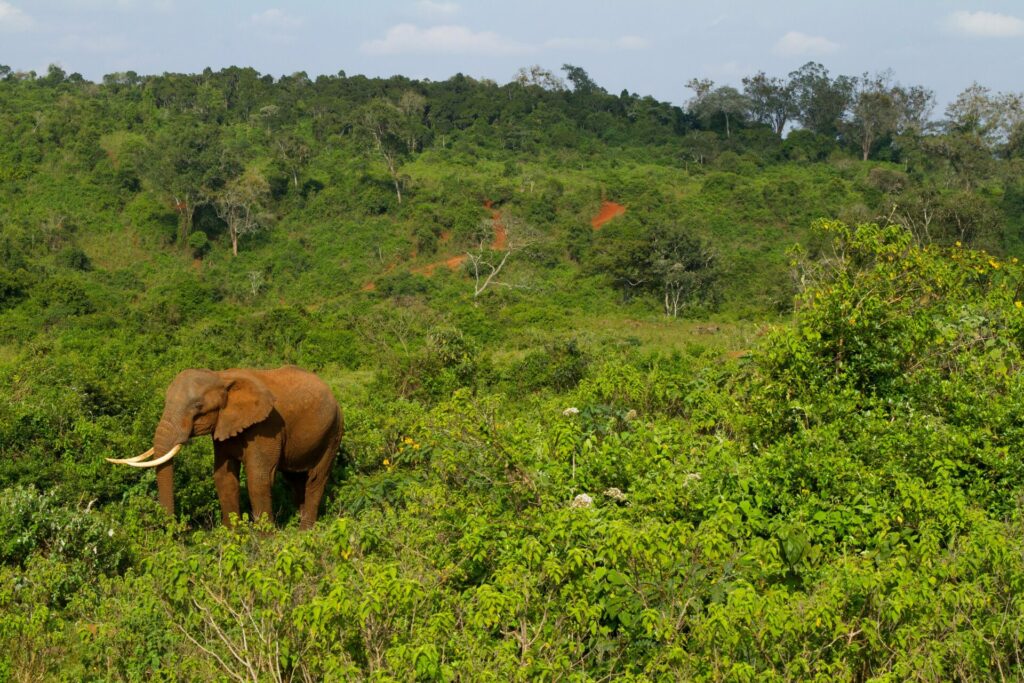
When the Seasons Change, This Town Shines
Heavy rain season (Mid-March to May) is the best time to admire lush, leafy vegetation. The coffee and tea plantations are usually at their peak during this time. Also, travel and accommodation costs are quite low, since there are fewer visitors.
I always recommend visitors visit the parks and engage in hiking activities in the long dry season (June to October) because animal sightings are much easier due to the high amount of water left for them to drink once the heavy rain season has passed. At these times, it is easy to actually spot elephants on the slopes of the Aberdares, just next to the tea plantations, quite close to where people live. This is also the time for the Ndakaini Half Marathon, usually occurring between September and October, held for the sole purpose of supporting conservation in the dam’s catchment area.
The short rainy season (October to December) here is magical when you get to witness the mass migration of birds.
The short dry season (December through March) is a great time to enjoy fresh air and walk through striking emerald vegetation.

